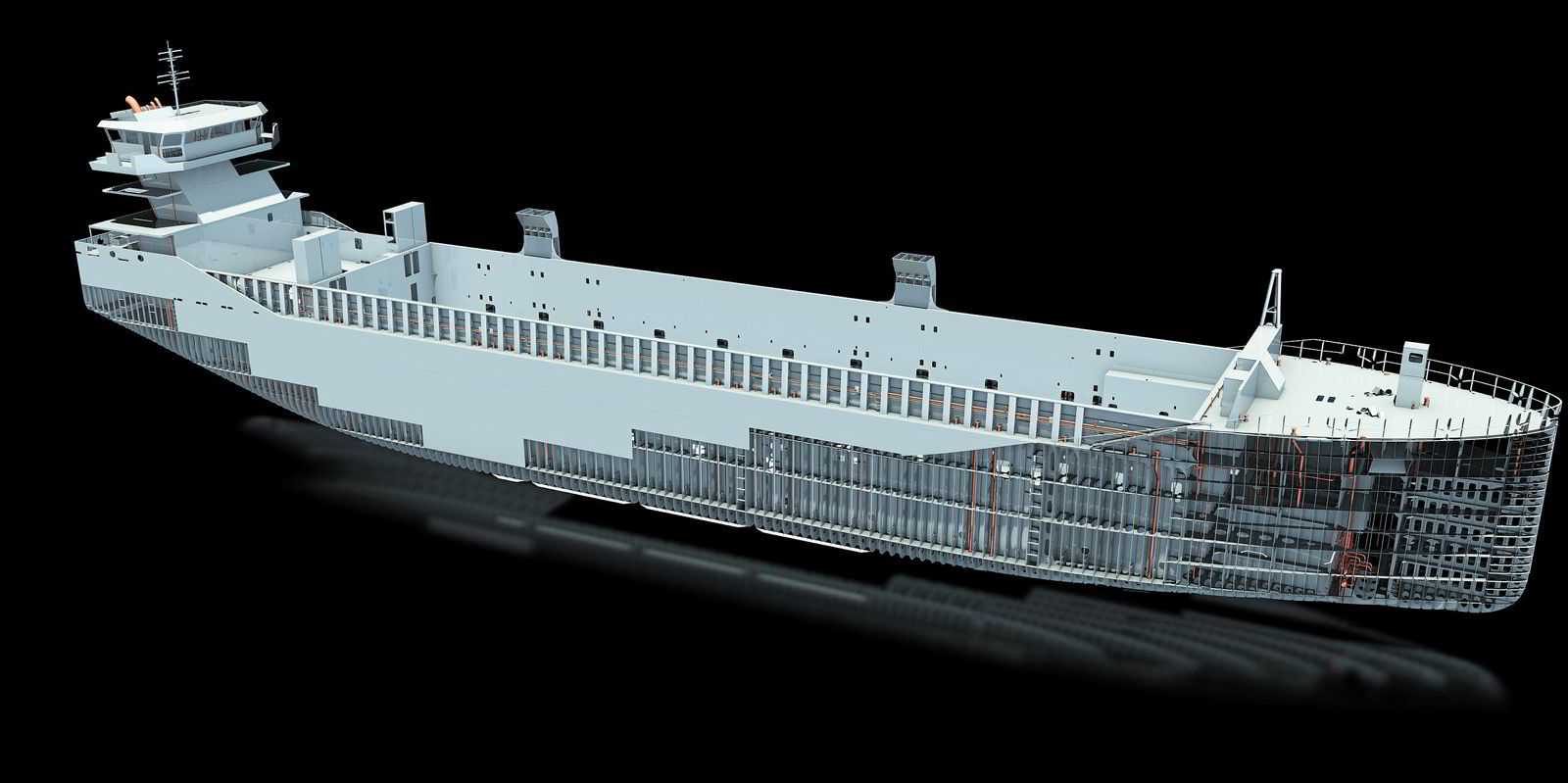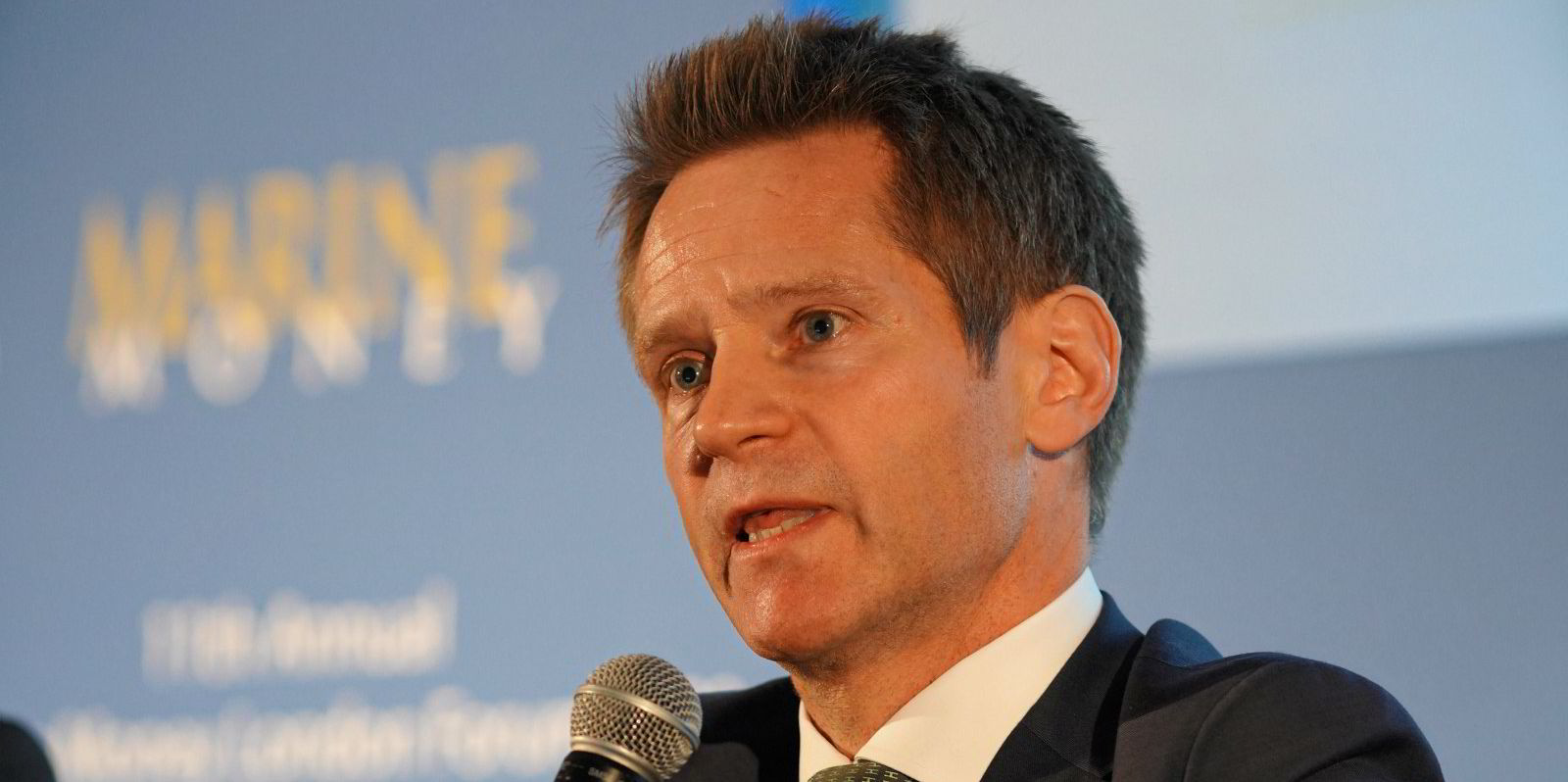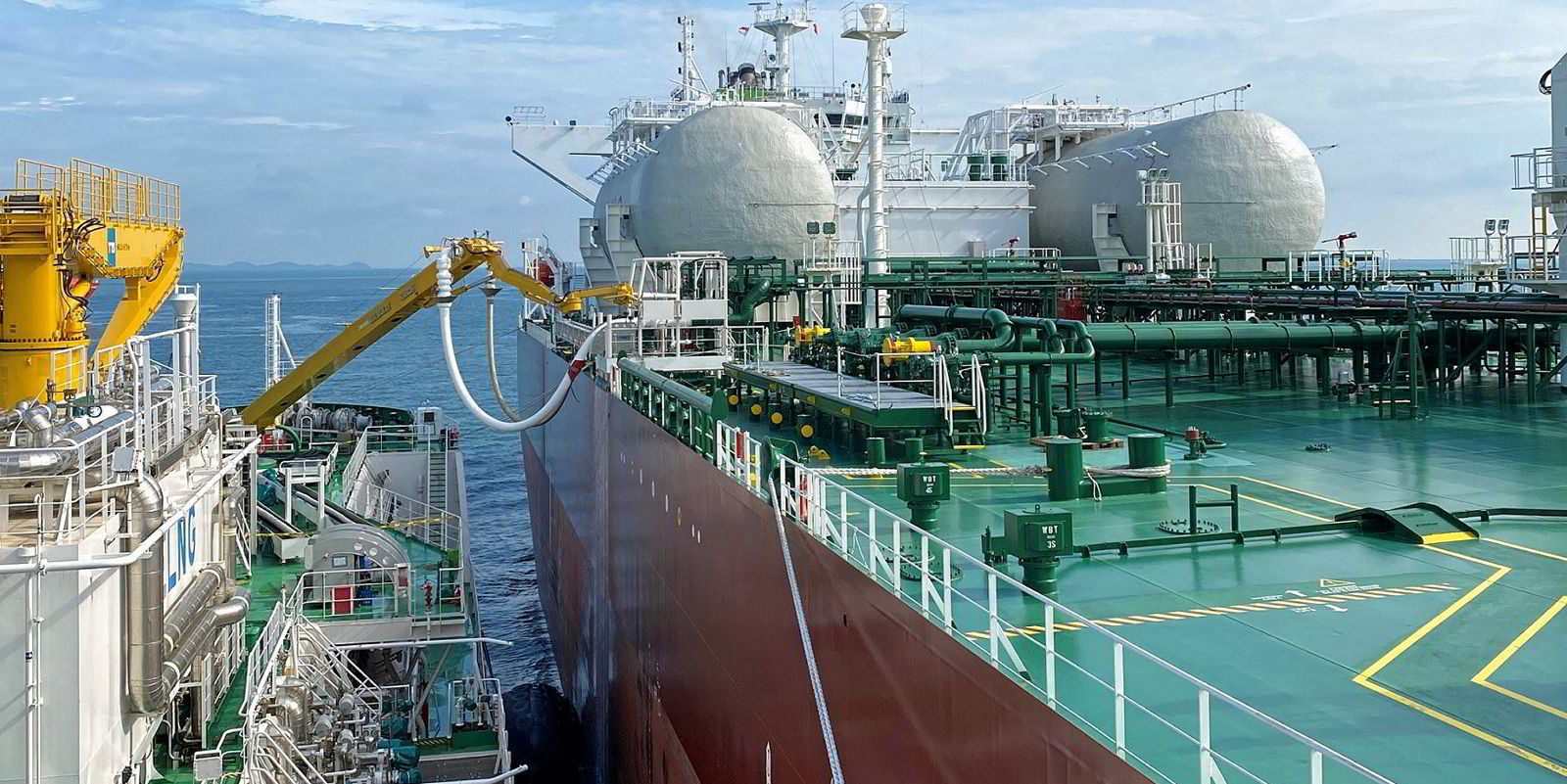Tanker giant Frontline is seeking assistance from DNV to reduce greenhouse gas emissions from its vessels in the coming decades.
To combat climate change, the International Maritime Organization has established decarbonisation targets for international shipping in 2030 and 2050.
Oslo-based Frontline said it appointed the Norwegian classification society to “assist” on a project to decarbonise its fleet for the IMO goals.
“The purpose of this project is to provide Frontline with a solid understanding of our options, both now and in the near future, on how to further optimise our operations and fleet,” the Oslo and New York-listed company said in its latest quarterly report.
The operator of 68 ships added that it hopes to apply “a systematic approach” towards “more energy-efficient and sustainable” operations.
“By the end of 2021, we intend to have fully digitalised our ship performance data into our digital monitoring platform, Veracity,” Frontline said, referring to a system set up by DNV.
The John Fredriksen-backed company will also establish targets with associated key performance indicators on short and long-term energy efficiency, and develop a strategy on the usage of alternative fuels.
The disclosure came after Frontline acquired six VLCCs under construction from Greek owner Evangelos Pistiolis in a $565.8m deal earlier this month.
The vessels will be able to run on biofuels and oil-based fuels, and can be retrofitted to consume LNG or ammonia, giving Frontline multiple options to meet the IMO goals.
In addition, they will be installed with scrubbers and anti-fouling systems, and be compliant with ExxonMobil lightering specifications for greater trading flexibility.
South Korea’s Hyundai Heavy Industries will deliver the six newbuildings in 2022 and 2023.
Looking forward, Frontline interim chief executive Lars Barstad said his company could acquire modern, eco tonnage or tanker newbuildings via resales.
“We will try not to add to the orderbook,” he said, adding that yards have hiked newbuilding prices significantly due to high steel costs and strong demand from boxship owners filling delivery slots.
“You would struggle tremendously to order a VLCC for delivery for the fourth quarter of 2023,” he told an earnings call. “If you did secure a place there, I think the price is probably north of $100m.”
Clarksons Research data shows that the newbuilding VLCC price has risen from $85.5m at the beginning of the year to $95m now. Suezmax newbuilding prices increased from $56m to $63m, and aframax prices jumped from $46.5m to $50.5m.
“We even have yards starting to look at 2025 [slots], just to give you colour on what kind of situation is out there,” Barstad said.







